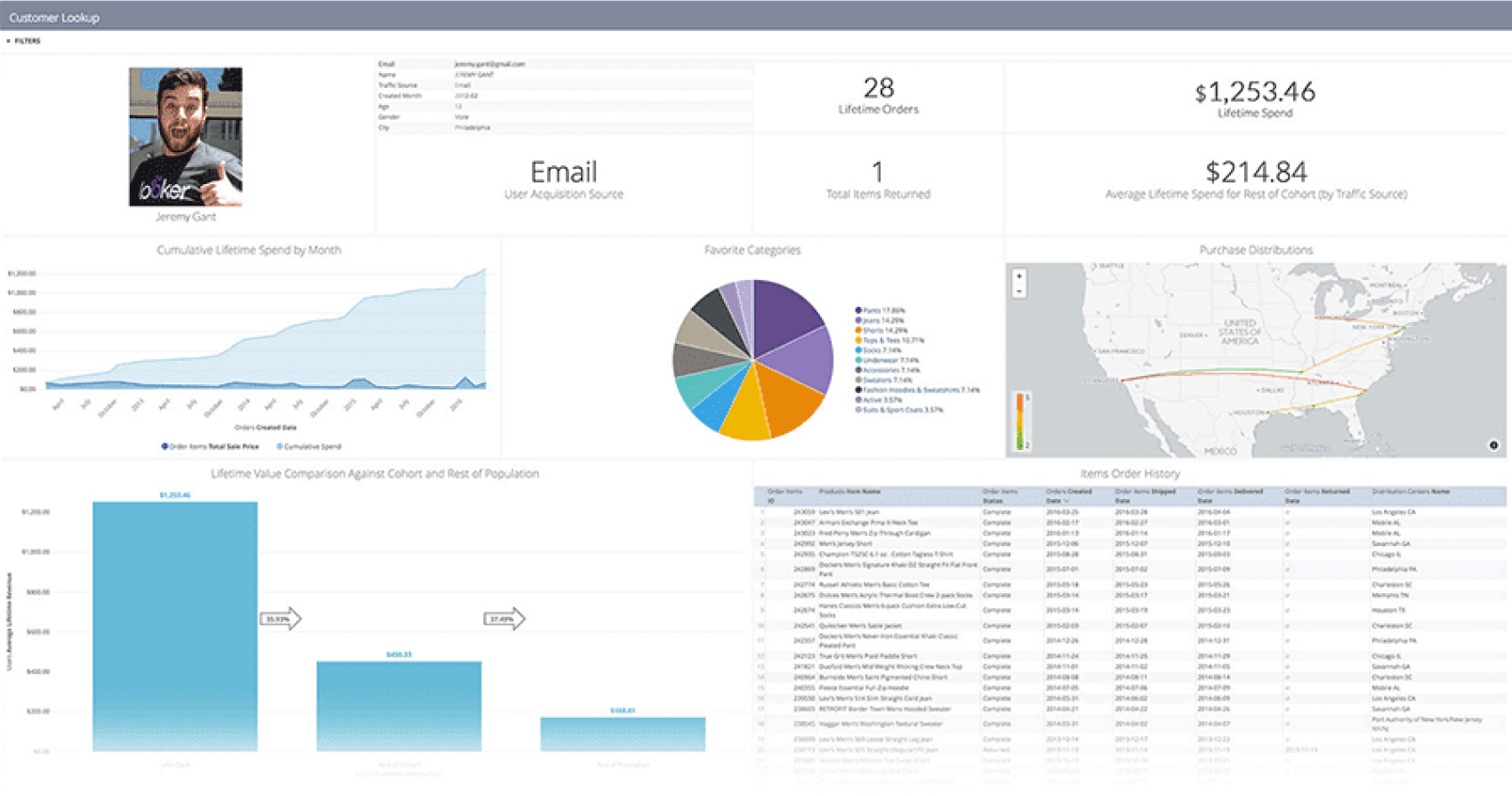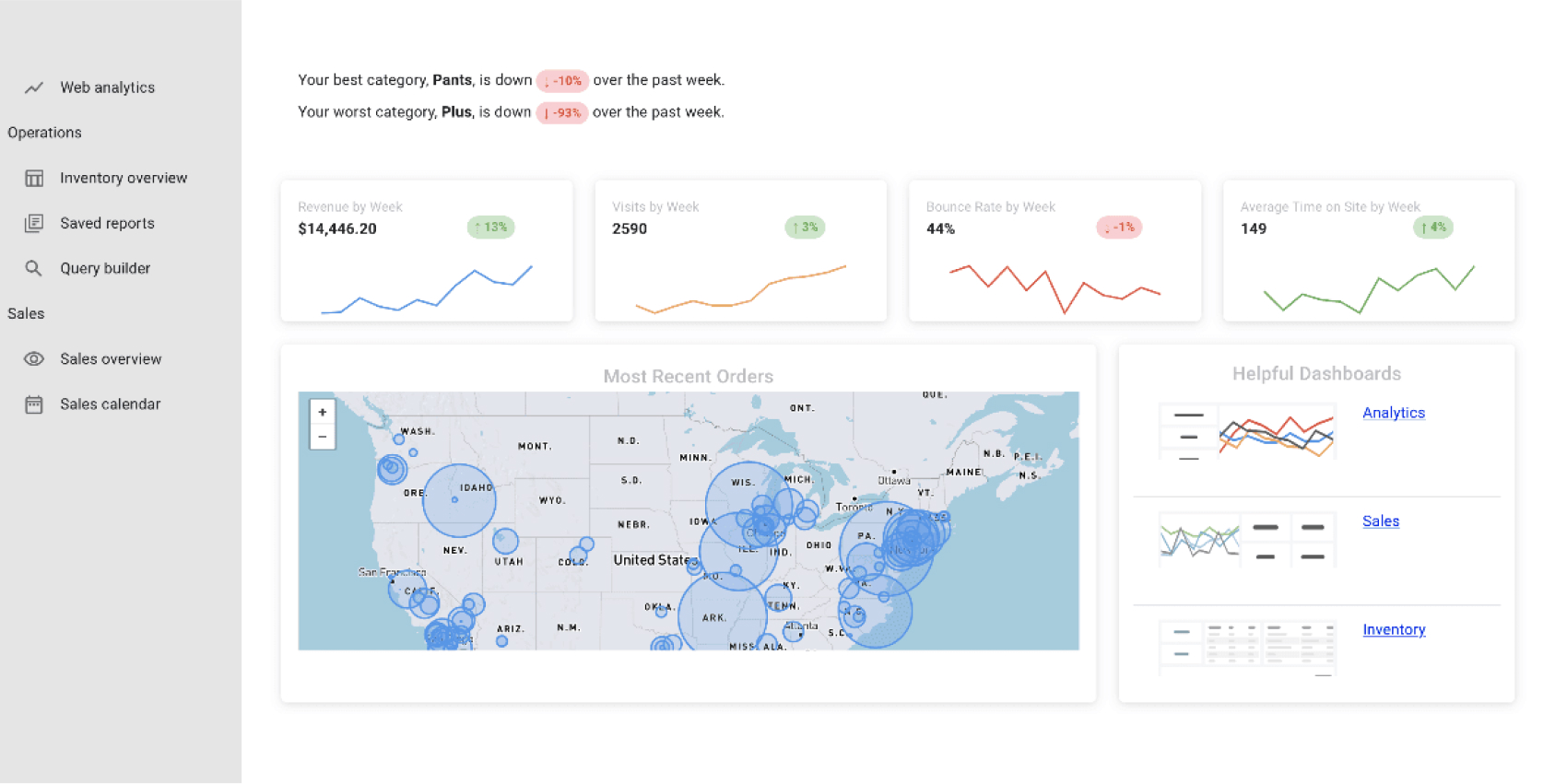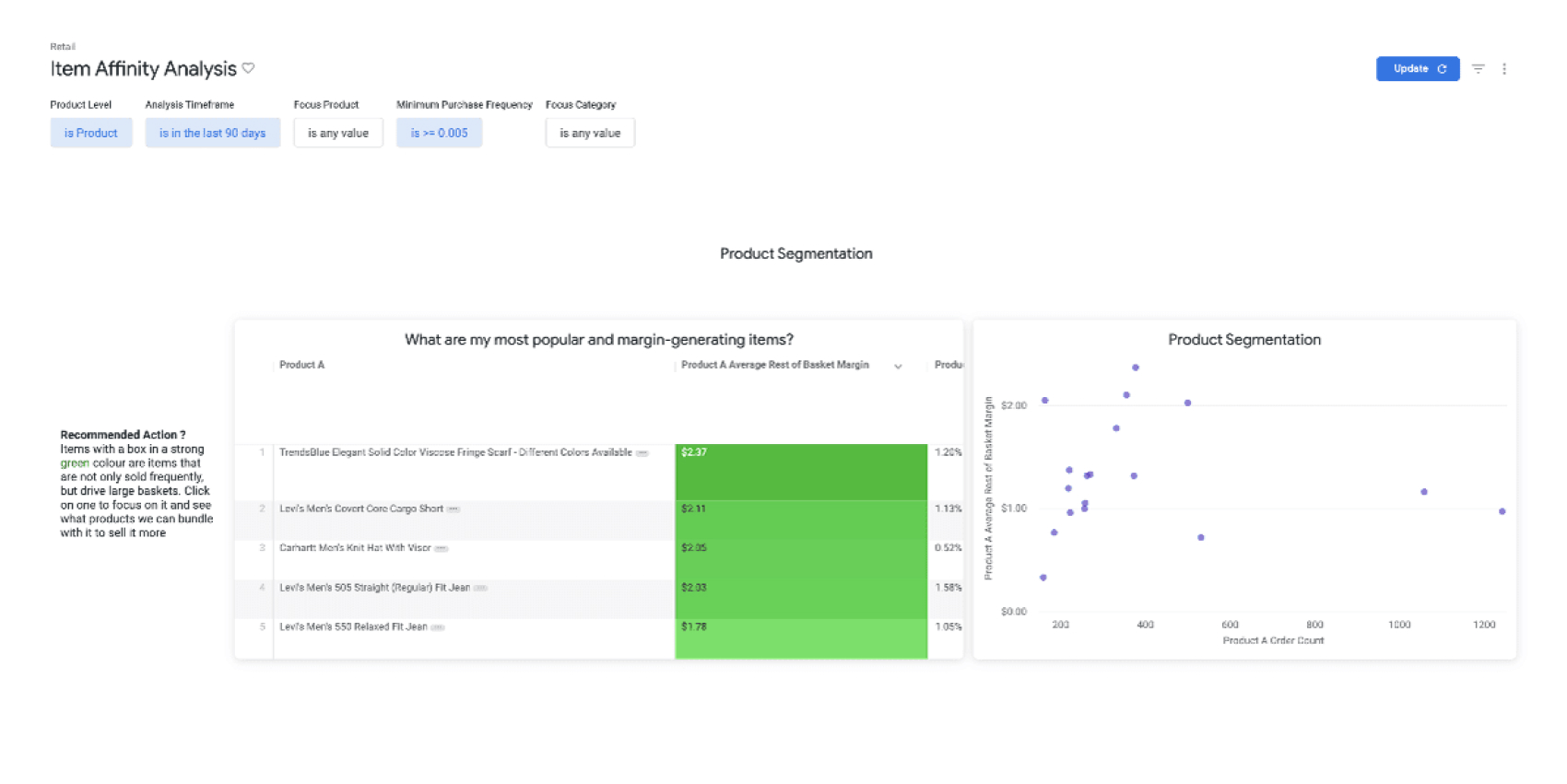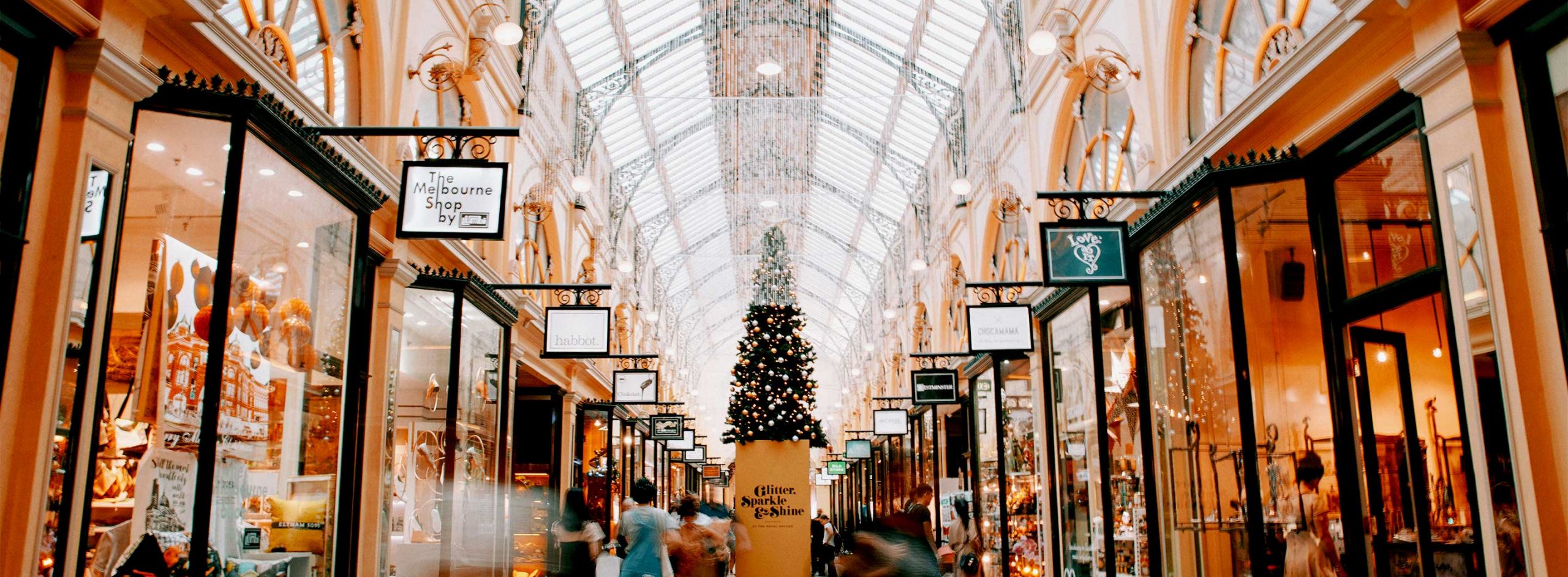Business Intelligence tools have become an indispensable part of businesses today, primarily because of the innumerable benefits they bring to the table. Not only do you get insights into your raw data but you can also make informed decisions by analyzing that data.
Currently, most retail businesses only use 0.5% of all the customer data in their possession. Imagine the business impact when they could tap into all the data at their disposal!
The business intelligence market is expected to reach $22.8 billion by the end of 2022, which suggests that it won’t be long before almost every business in the world will be leveraging a BI tool to increase their business value.
The retail industry can also leverage a good BI tool to solve their challenges of offering products according to their customers’ needs. You can do this by understanding customer behavior, attitude, and characteristics through raw data.
In this post, we have focused majorly on Looker as an important BI tool and why the retail industry should use it to transform their business. One of the reasons for this is that Looker offers more than just fancy reports. You get real-time retail insights that can be combined with easy-to-use analytics to drive business decisions.
A Looker verified consulting partner can help you implement Looker in your business with ease. Persistent consultants will take you through implementation to unlocking actionable insights and put your business needs first.
Let’s evaluate the challenges of the retail industry and analyze how Looker can help solve them.
Challenge #1: Changing customer trends
Consumer behavior is ever-changing. The key lies in predicting it and ensuring that your products meet upcoming trends.
The most recent trends include:
- Consumers expect low-priced, sustainable, and high-quality products
- Highly-informed customers have access to a product’s pricing and reviews
- Consumers want to ensure that retailers are available to engage quickly across social media channels
Ensuring that your retail business is in line with these trends will enable you to create an effective marketing strategy as well as product design that appeals to your customers.
How does Looker help in keeping up with customer trends?
Looker allows you to analyze the big data in order to find recurring patterns in the changing purchasing behavior. You easily get access to all your data, which helps in understanding revenue, margins, and sales, allowing you to go on the path to high-potential growth.
With this, you will be able to design and plan targeted promotions and get insights into the response of your customers. Once you know what your customers like the best, you can increase your efforts in that area. For instance, if they enjoy seasonal promotions, you can have a dedicated social media team to create effective seasonal promotions and drive your business growth.

Moreover, Looker provides you real-time insights into your data, which helps shorten supply cycles, meet forecast accuracy, and handle seasonal demands accurately and efficiently.
Challenge #2: Market competition
It is no news that the retail market is filled with competition, which is only rising every day. Therefore, all retail businesses need a competitive edge over their adversaries. But for that to pan out perfectly, you need to know where you stand in the market, how your prices compare to those of other businesses, and the kind of promotions your competitors are running.
There are two ways to get this data. The first can be running through catalogs and keeping a close watch on your competitors, which is quite time-consuming. The second can be leveraging a business intelligence tool for retail, which is quick and hassle-free.
Of course, the latter will give you clear competitor data in a concise, well-presented manner. Figuring out how to beat your competitors will become much easier!
How does Looker help gain competitive edge?
Looker is an easy-to-use retail business intelligence tool. Not only does it tell you your standing, but also gives you other valuable insights, including business performance management (BPM). You can use this to understand your goals and chalk out a plan to achieve them by tracking customer behavior.
You will also be able to analyze the loopholes in your plans and where exactly the problem in your business plan lies.
With 24×7 real-time monitoring and competitive forecasting, you will be able to stay ahead of your competitors and give your customers exactly what they need. You will also see how your pricing differs from others, the products that are in demand, and identify areas of improvement.
Looker gives you reports on predictive analysis and pricing plans that your business should offer by analyzing the performance of your competitors

Challenge #3: Supply chain complexities
Apart from merchandising, the other problem that affects most retail businesses is that of supply chains, as they have become more complex in recent years. This is particularly because of the diversification and changes in distribution. Today, the need is to have products on the shelves at all times and ensure that they are seamlessly and accurately transported.
In such times, tracking can be very challenging, and guaranteeing that the products reach the customer on time is another thing most retailers struggle with.
How does Looker help resolve supply chain complexities?
Looker helps you easily improve operations and supply chains. You can track merchandise movement across channels, gain insights into inventory levels, and trace customer issues.
This results in reduced markdowns, profitable collections, and supply chain efficiency. Understanding demand patterns through Looker will help ensure that your supply chain network functions perfectly, improving your day-to-day operations.
Persistent can help you discover how you can embrace a data strategy with Looker.
- Gain integrated business planning efficiency
- Get accurate forecasts
- Achieve higher customer satisfaction
Overcome the limitations offered by traditional (BI) tools and unlock important business insights by leveraging native scalability and performance.

Learn how Looker helps in business transformation?
Challenge #4: Ineffective management of multiple retail stores
Launching a new store speaks largely of how great your business has been doing. Multiple stores mean greater opportunities to cater to a large geographic and demographic of customers.
At the same time, these stores pose a challenge for retail businesses: delivering brand promise consistently at each customer touchpoint throughout all the stores.
The never-ending spreadsheets and reports make it even more difficult to keep track of the dynamics of so many stores. This is when a BI platform can come to the rescue.
How does Looker help effectively manage retail stores?
You can bid farewell to those heaps of reports lying on your desk by moving to Looker, which gives you new-age interactive data analysis in the form of charts that best describe the current situation.
When there is a clean report and graph highlighting problem areas and giving real-time insights, you can recognize and uncover sales, inventory, and customer satisfaction patterns. These will enable you to pinpoint the very source of the issue and curb it before it can cause any more damage to your business.
You will also learn which stores are underperforming and which stores are most preferred by customers. You can then figure the cause for this – location, service, employee attitude, product choices, etc.
Once you have this, designing a marketing plan and store design to boost sales will be a cakewalk!

Challenge #5: Merchandising
Oftentimes, retail businesses panic when a product is high in demand but out of stock. At the same time, there is merchandise that underperforms. Maintaining its inventory and not being able to sell it is a nightmarish problem.
Most retailers resort to heavily filling up their inventory with the products in demand. However, not only is this a futile solution but it also costs a lot.
Retailers need a solution that can help optimize merchandise size and assortments by taking customer needs and demands into account.
These problems can be curbed with the help of a reliable BI solution such as Looker.
How does Looker help with merchandising?
With the help of Looker, you can develop an omnichannel merchandising strategy, which will help you understand customer purchasing patterns and maximize sales across channels.
Once you know buyer behavior, you can predict the merchandise that will work best for your customers. Also, Looker allows you to pull data points across channels in one location, which you can later compile into actionable insights.
Looker can also be used to analyze a product’s past performance and use customer insights to see how it will perform in the future. This way, your business will incur minimum losses. Also, the inventory you were keeping will drastically reduce.

Conclusion
Businesses in the retail industry need BI software that can solve many of the difficulties they face every day. With Looker, you will be able to see customer trends and behaviors with the help of clean data visualization and think one step ahead of your competitors. Even before a new trend comes in, Looker will help you predict and prepare for it.
Leveraging Looker is the need of the hour for a retail business, as it helps improve supply chain management, prepare the merchandise, control over-stock and under-stock issues, and beat the competition.
Moreover, with all the insights in one place, you will be able to figure out when to start a promotion plan and give discounts.
While entering the new world of business intelligence tools can be overwhelming, some experts can help you transit to Looker with ease.
Persistent is a Looker credentialled consulting partner that can help you discover how you can embrace a data strategy to drive value. Our consultants help you with tailored advisory on migration and setup to help you access actionable BI.
Take a free assessment and demo with Persistent and then decide the next steps.






